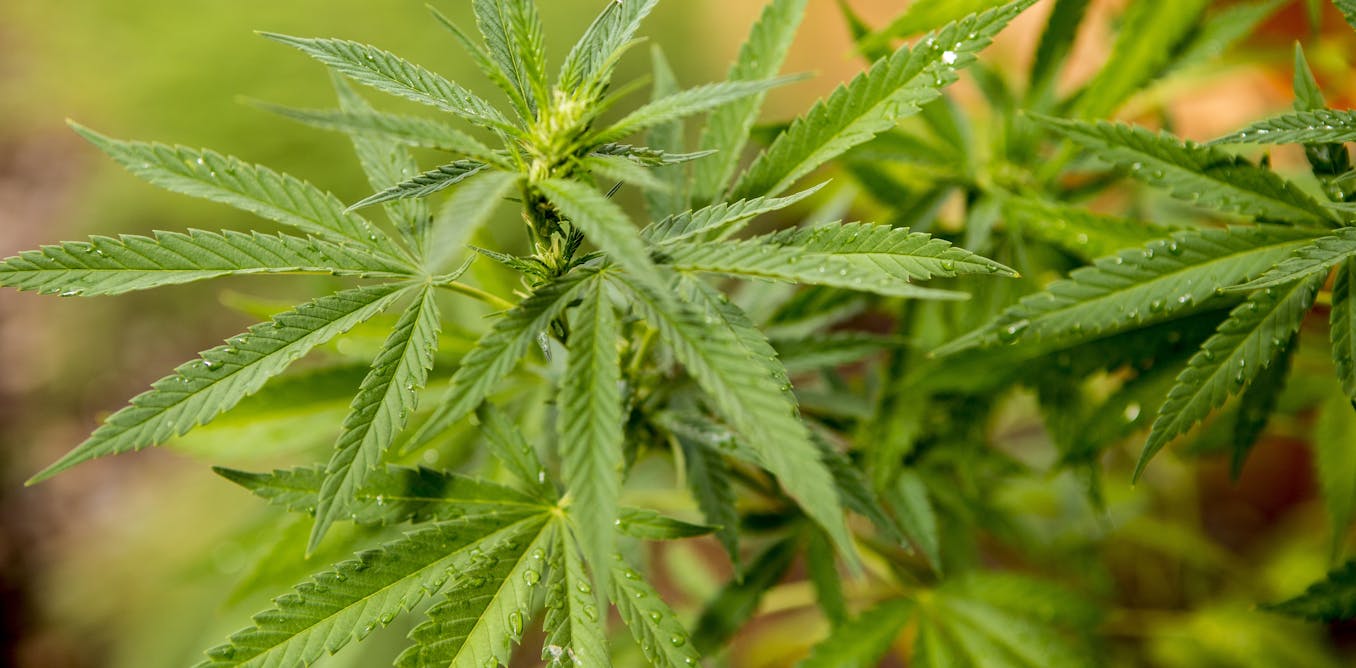Health
How common chemicals — including those in bed sheets — can boost eczema risk
"We haven't had a full night's sleep since our son was born eight years ago," said Mrs. B, pointing to her son's dry, red and itchy skin.
Her son has had eczema his entire life. Also known as atopic dermatitis, this chronic skin disease affects about 1 in 5 children in the industrialized world. Some studies have found rates of eczema in developing nations to be over thirtyfold lower compared with industrialized nations.
However, rates of eczema didn't spike with the Industrial Revolution, which began around 1760. Instead, eczema in countries such as the U.S., Finland and other countries started rapidly rising around 1970.
What caused eczema rates to spike?
I am an allergist and immunologist working with a team of researchers to study trends in U.S. eczema rates. Scientists know that factors such as diets rich in processed foods as well as exposure to specific detergents and chemicals increase the risk of developing eczema. Living near factories, major roadways or wildfires increase the risk of developing eczema. Environmental exposures may also come from inside the house through paint, plastics, cigarette smoke or synthetic fabrics such as spandex, nylon and polyester.
While researchers have paid a lot of attention to genetics, the best predictor of whether a child will develop eczema isn't in their genes but the environment they lived in for their first few years of life.
There’s something in the air
To figure out what environmental changes may have caused a spike in eczema in the U.S., we began by looking for potential eczema hot spots – places with eczema rates that were much higher than the national average. Then we looked at databases from the U.S. Environmental Protection Agency to see which chemicals were most common in those areas.
-

 Health4h ago
Health4h ago8 Ways to Stay Hydrated If You Hate Drinking Water
-

 Health4h ago
Health4h agoFirst Person to Receive Pig Kidney Transplant Dies Nearly Two Months Later
-

 Health10h ago
Health10h ago6 Tricks to Try to Calm Your Fear of Flying
-

 Health12h ago
Health12h agoBinge drinking is a growing public health crisis − a neurobiologist explains how research on alcohol use disorder has shifted
-

 Health20h ago
Health20h agoColorado receives $32.8 million to replace decades-old lead pipes and improve drinking water systems
-

 Health1d ago
Health1d agoOn Mother’s Day 2024, how are working moms faring? – Mary T. O’Sullivan
-

 Health1d ago
Health1d agoHow to Stop Bird Flu From Becoming the Next Pandemic
-

 Health3d ago
Health3d agoHow cannabis and psilocybin might help some of the 50 million Americans who are experiencing chronic pain



























